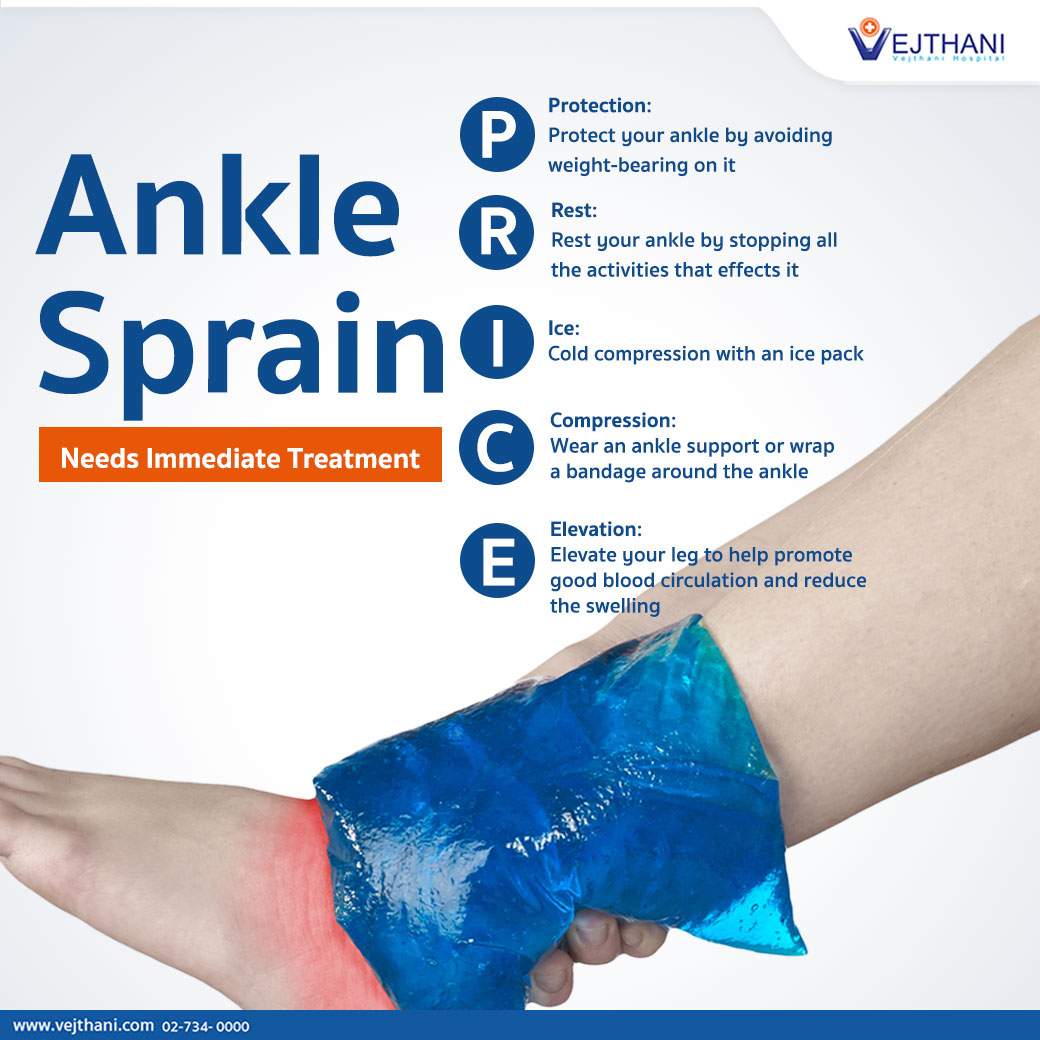Can’t-Miss Takeaways Of Info About How To Treat A Swollen Ankle

If your ankle is swollen following a trauma, like a fall or a motor vehicle accident, you should be seen in an emergency room to rule out a fracture or other serious injury.
How to treat a swollen ankle. Symptoms edema in foot and ankle enlarge image symptoms of edema include: Here are the main causes of pain on the outer side of the foot, treatment options, and how to prevent recurring foot pain. Sometimes, diagnosis might require blood tests, ultrasound exams, vein studies or others.
Research suggests that you may be able to care for your swollen ankle at home by resting, icing your ankle, elevating your ankle, and applying a compression wrap. A broken ankle or ankle fracture is when one or more of the bones in your ankle break. Sprains heal faster, but it can take up to six weeks for a broken.
Severe sprains and fractures have similar symptoms (pain, swelling, bruising, tenderness) and are both caused by twisting or rotating your ankle, tripping or falling, or trauma to your ankle. Swollen ankles can be caused by pregnancy, heart disease & overuse. A hug sometimes seems like it can make everything better — and that sentiment applies to swollen feet.
Treatment mild edema usually goes away on. Treatment when the body holds on to too much fluid, it collects in the legs and ankles due to gravity. Home remedies include wearing support stockings, reducing salt intake, and lying down while raising the legs above the chest.
Your healthcare provider may recommend one or more of the following. Mild pain or a sore feeling in the affected area. We will also review the difference between one vs both ankles swelling.
You feel full or tightness in your swollen body part. This might be enough to figure out the cause. If possible, wear a temporary brace or bandage to support the joint and prevent it.
Wash, dry and moisturise your feet to avoid infections. To reduce the swelling from a foot or ankle injury, rest to avoid walking on the injured ankle or foot, use ice packs, wrap the foot or ankle with compression bandage, and elevate the foot. This could be a sign of serious heart disease or heart failure.
Difficulty walking if your legs, ankles or feet swell. Changing body positioning: Treatment options include:
If you have swollen feet or ankles, let gravity work for you. Ankle sprainsare the most common causes of lateral foot. Reducing alcohol and caffeine can help.
[2] if your ankle doesn't start to feel better after a few days, consult your healthcare provider to find out if you need medical treatment. Swelling or puffiness of the tissue right under the skin, especially in legs or arms. Although there is no cure for idiopathic oedema, having a healthy diet which is low in salt can make a significant difference.


















